Having taken my last exam before the summer break, I was finally free to do a hike which had caught my attention about 4 weeks ago. It was a continuation of a trail I had marched through baking sun and torrential rain in a southwest direction from Vienna to Weissenbach an der Triesting, where I had just about managed to catch the last bus back. This time the route began at Weissenbach, and took me over the Hocheck, down into the hamlet of Furth, before heading southwest over a range of hills. The last peak was Unterberg, a ski resort with a peak of 1342m. In fact, of the seven peaks on the route, five were higher than Carauntoohil, which with 1038m is the tallest “mountain” in Ireland. After Unterberg came a 10km march through the Lamwegtal (Lamweg valley) to the train station at Pernitz. All in all I trekked about 40km and this was easily the toughest hike this year so far, not helped by the sweltering July sunshine!
As I have written before, a secondary motive I have for hiking is to gain a better intuitive understanding of forests and to gain visual references that I was unable to obtain by coming from a forestry background (or even from a place with forests!). I am deeply interested in the interactions between organisms and especially coevolutionary relationships. In a forest, some of the most important of these are the relationship between mycorrhizal fungi and the plant layer above them.
Mycorrhizal fungi are fungi that attach themselves to the roots of plants. (I took the above picture down the lens of a microscope during research for my much neglected thesis: it shows the root of a Beech tree with an Ectomycorrhiza attached – its the light brown lumpy thing near the top, and the y shaped thing pointing at 4 o’clock from the centre!) From the plant they receive sugars and carbon, and in return the plant receives nutrients and water from the fungi, which can penetrate soil well out of reach of the plants roots. They can also protect the plant against infection by pathogenic fungi. For me the most remarkable function of mycorrhiza is it’s role as a network of communication and nutrient distribution.
In dense forests where there are is not a lot of light, nutrients are sometimes passed from the fully grown trees to saplings via the common mycorrhizal network which links the tree roots. This keeps them alive long enough to be able to exploit a gap in the canopy when one of the older trees dies. When this happens the sapling can then grow, eventually “plugging” the gap. A recent study in the UK also showed the role of mycorrhiza in chemical communication between plants. Many plants have chemical defenses against insect attacks. The study showed that plants could transmit the signals for an aphid attack over the common mycorrhizal network to other plants of the same species, which could then produce their defensive chemicals.
The name given to these types of interactions is symbiosis. When people talk of symbiosis they often mean mutualism – where both partners receive an advantage from the partnership. However, symbiosis can have other forms and one of these is parasitism, where one partner takes from the other without giving anything in return. The picture I took above shows parasitism at work. The plants are brown because of it. However, it is not a parasite on the plants that cause this. These plants are orchids: Neottia nidus – avis – the Bird’s-nest Orchid, and they themselves are parasites. They have evolved to gain all of their nutrients from mycorrhizal “partners”. However they no longer return the favour by supplying the fungi with assimilates, and are brown as they no longer have a need to photosynthesize and therefore no longer invest in producing chlorophyll.
On a lighter note, the strawberries are out, and I managed to eat quite a few on my journey. These are Fragaria vesca – wild strawberry. Tiny, but delicious!
On my way to Pernitz, long after my legs had given up and were moving only through an enormous force of will, I had to travel through a village called Muggendorf. The path into the village took me through a beautiful waterfall park which, with its wooden walkways, reminded me of the forest park in Glenariff in Ireland. 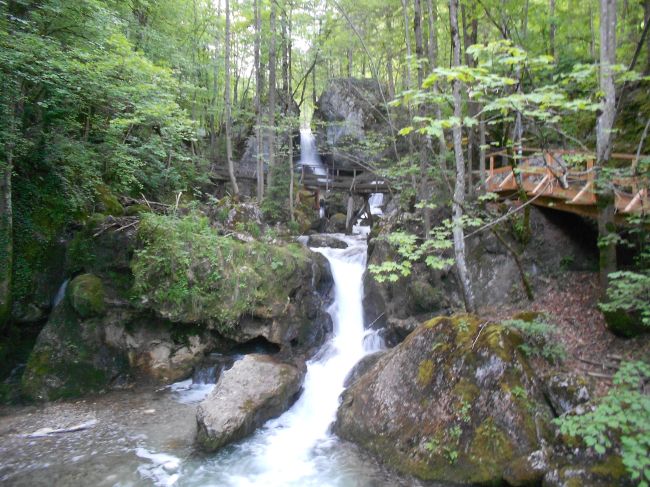
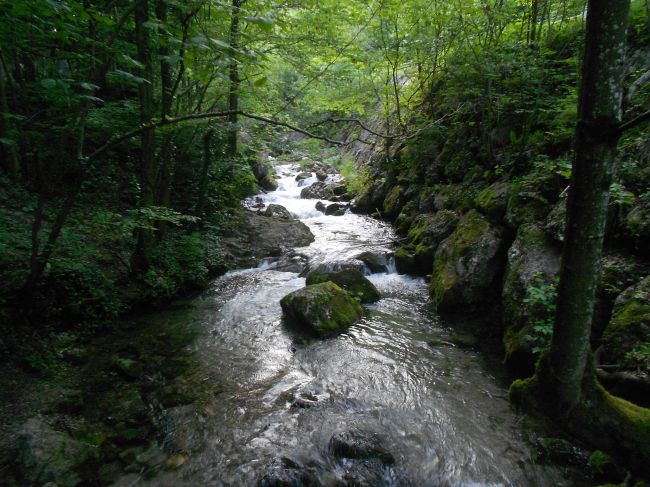
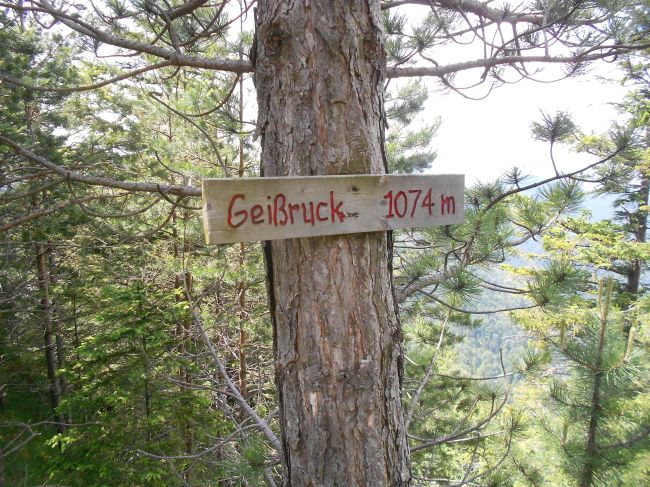
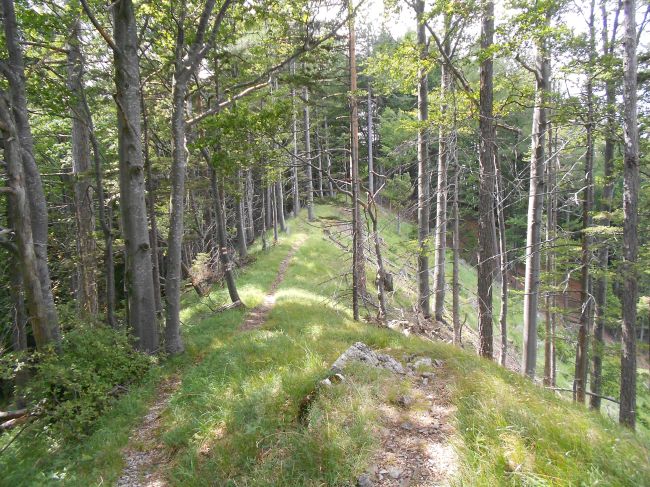
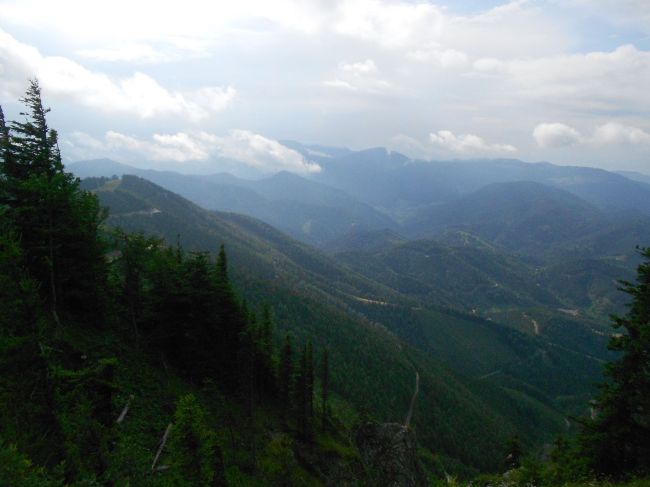
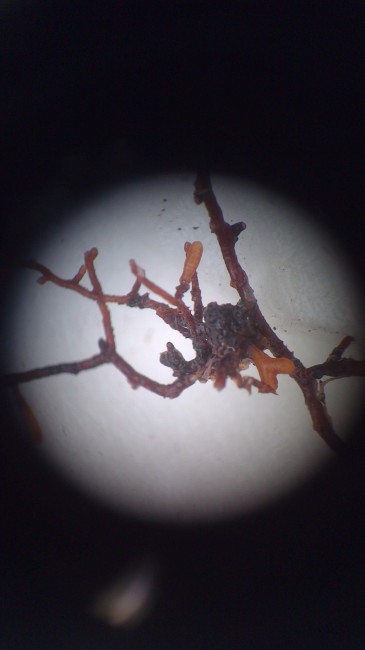
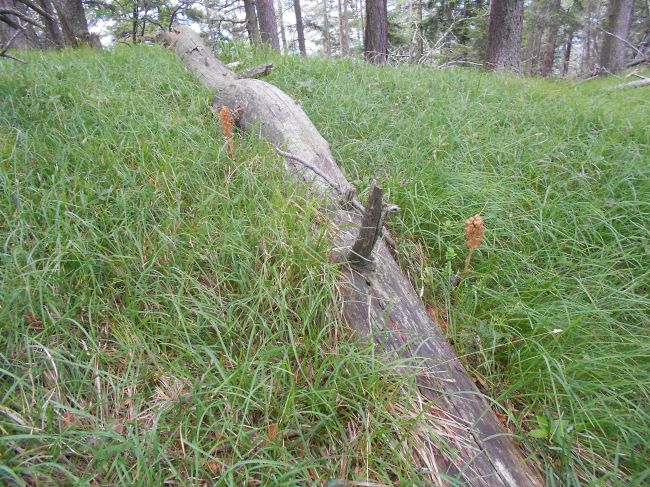
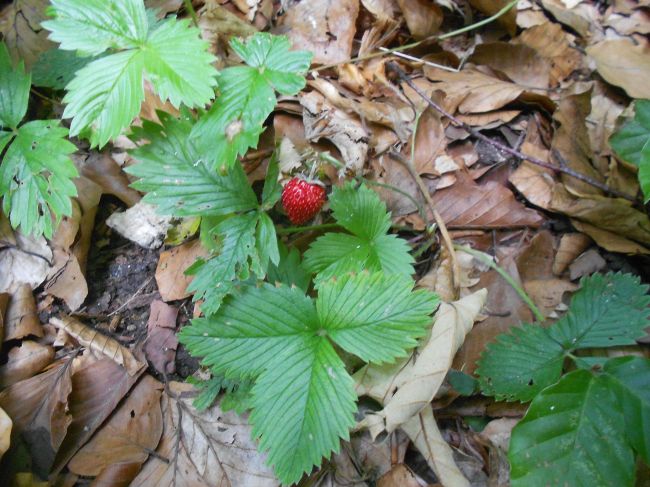
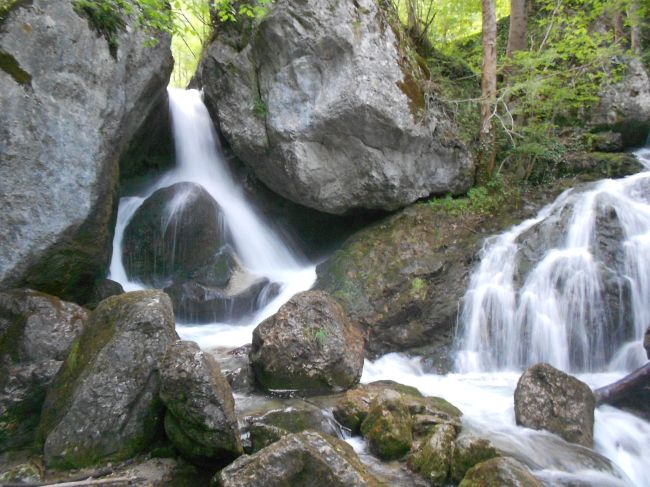
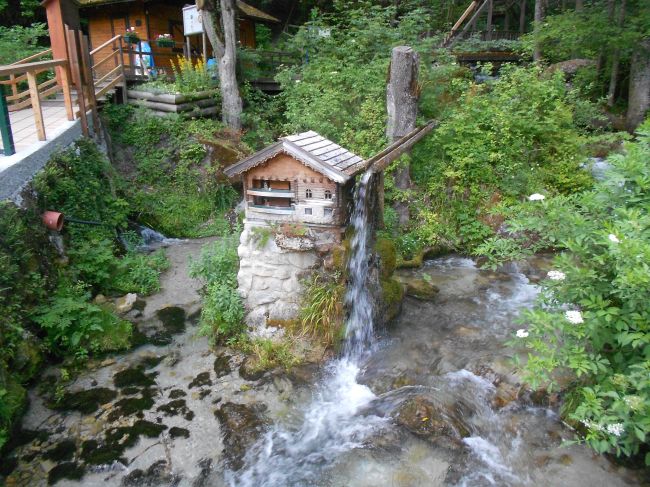
some great photos!
Thank you!
The stream is crystal clear!
I love these! 🙂 The last is too cute!
Thanks!